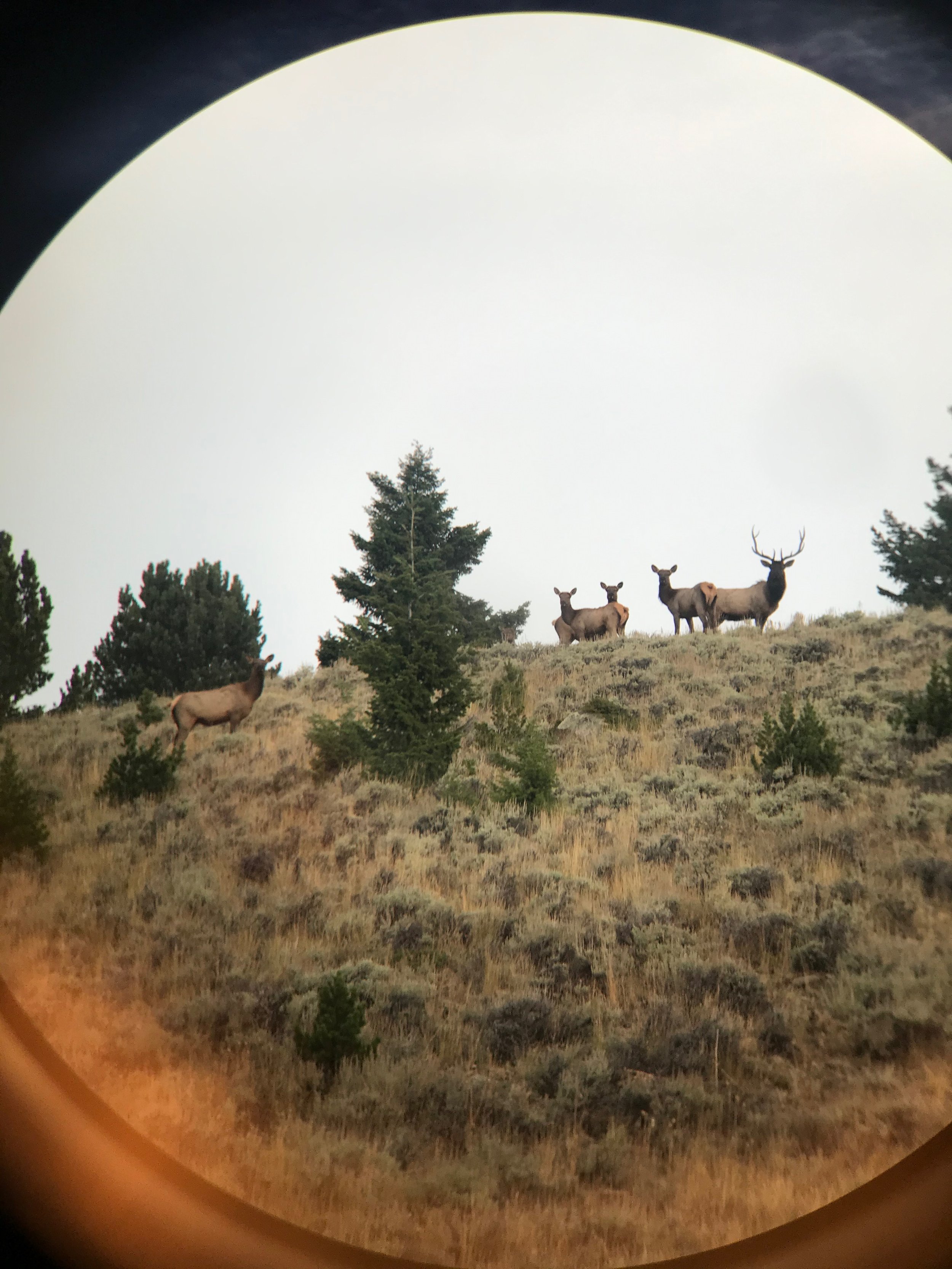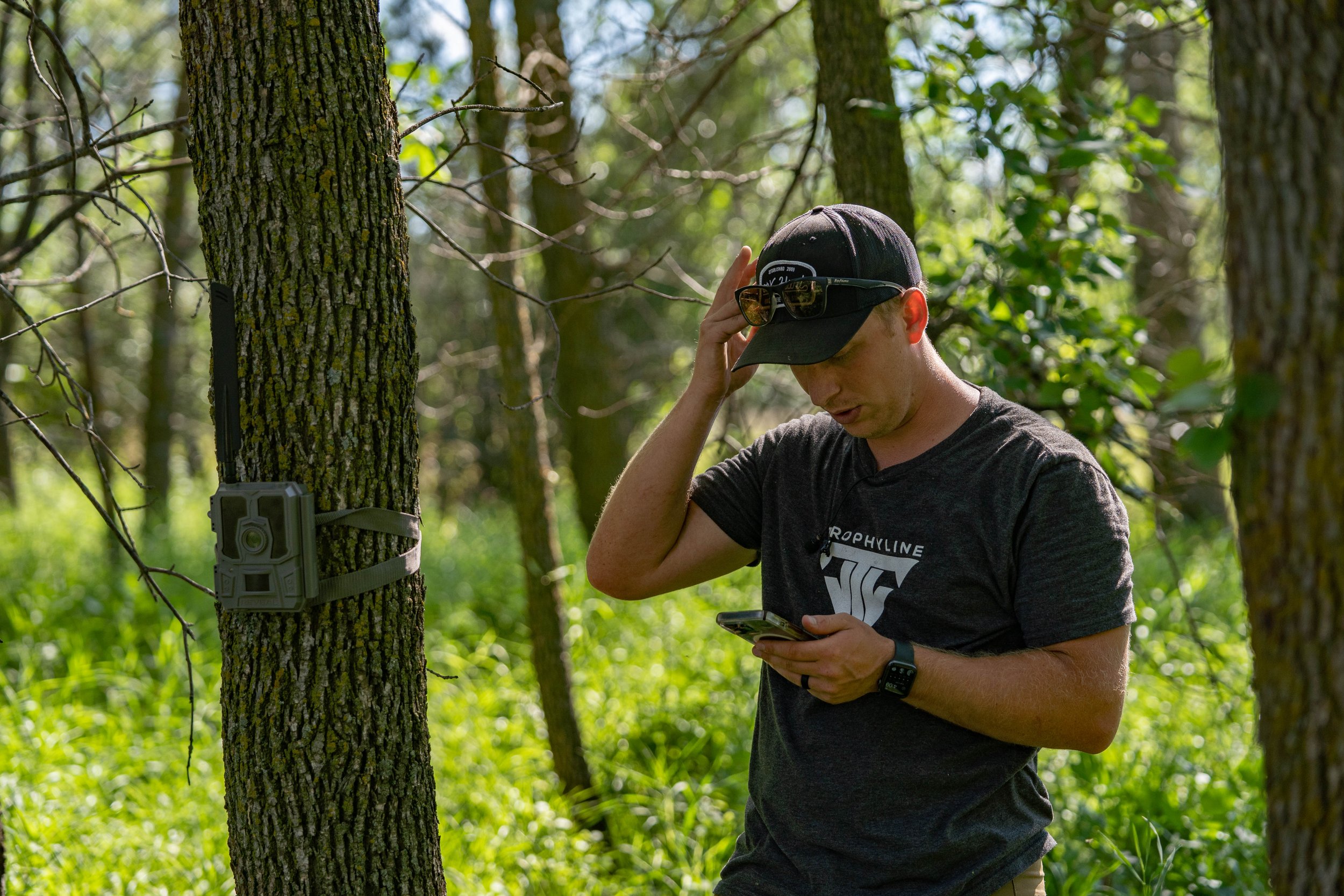By Alex Comstock
The late season is officially here. For some, December signifies the end of the season. For others, you know that you've still got time to get it done. Depending on where you live, most states in the Midwest wrap up their bow seasons at the end of December, or during January. With that in mind, know that if you play your cards right, and can stand the sometimes miserable weather that strikes during this time of year, the late season can produce some of the best hunting of the year.
Why? After the rut, deer are worn down. For the last month, bucks have been chasing does all over the place, they've been fighting and getting beat up, competing after women, all with one thing in mind: breeding. That phase (for the most part) is over. Usually when that first real cold front hits this time of the year, it snaps those deer into a feeding frenzy. Bucks need to get their weight back up after losing a lot of fat and body weight while doing a lot of running during November. It's time for them to pack on the pounds, but what does this mean for you and me?
Food, food, and more food. Here's the thing, there is nothing groundbreaking about hunting the late season. You've probably heard it a hundred times, and will hear it again and again as long as you hunt, but there's a reason for that. This time of the year, deer will travel long distances to take advantage of the best food source in the area. What this means to me, is that if you are able to own your own property, or at the very least manage a property to a certain degree, you can tailor that hunting property to be a good late season destination.
Food Plots, and Grains. For those that are lucky enough to mange a property to a certain extent, the late season will be "easier" for you. You can plant food plots such as brassicas, and turnips, or leave crops such as corn and beans standing. If you can do any of these, I highly suggest it. I have heard, and found time and time again when the weather gets nasty and cold, deer will be more opt to hit the grains. When it's a bit more mild, hunt the greens and bulbs such as the brassicas, and turnips. But, the problem is, what if you're not able to manage a property at all? You then probably discard about half the stuff out there on late season hunting, because you aren't able to plant food plots, or leave corn standing. That is the situation I'm in, but don't worry, that doesn't mean you still can't be successful.
There are two keys in my mind if you hunt public land, by permission, or a combination, and you don't have the obvious feeding areas. First, I still try and locate the best food source I can. I might be hunting a new area, or try and get permission on a place that I have never hunted before, but what it comes down to is scouting. Scouting more than hunting this time of the year can pay off, just like in the early season. Figure out where a shooter is feeding. It might be in a stubble field of some sort, or in an area tucked back where not many people access. If you can lay eyes on a mature buck, figure out why he is there, and if you can, make a move on him. When you do make that move, be cautious at first. I like to set a blind or a stand, in the field where I think he is feeding towards, opposed to hanging a set right where you think he is coming out of the field. That is much more risky. If you set up where you think the buck will feed towards, hopefully you can at least get eyes on him, and then if you have to you can make another move to get closer to him the next day. Remember the wind is important, and the worst thing you can do is to educate that buck before you are able to get a shot at him.
The second key is locating the thickest, nastiest, type of brush that you can. Odds are there will be deer holed up bedding in thick stuff, whether that be a fence row, or an alder brush swamp, mature bucks will seek out this type of cover especially when it's particularly nasty and there is bad weather. This type of cover is great, but hunting it can be particularly challenging.
There are two ways to attack this type of cover. First, what I would do is find where the deer are entering the thick cover. You can do this by locating heavily used deer trails, and then look at the tracks. Your best case scenario is to find not only big tracks, but tracks leading into and out of the thick cover. This tells you they are most likely bedding in there. With that knowledge, you can set up over the trails the lead into and out of the cover without intruding too much. If there is nowhere to set up, or those mature bucks aren't coming out of the bedding in daylight, you can either wait for a significant cold front, or hunt it another way.
This second way of hunting thick cover is risky, but can be a very fun/rewarding way to hunt. I would wait until you get a real windy day, and then attempt to still hunt the thick cover. Walk in with the wind in your favor, and slowly and methodically hunt. The obvious goal is to see the deer before they see you. Once you locate a buck, then the game really begins, and positioning yourself for a shot won't be easy. If you are able to get a good look at a buck, make your moves when his head is turned away from you, and take your time. If your hunting a snowy environment, white camouflage can be a major advantage with this type of hunting.
A few years ago, I nearly pulled this off myself. It was the last day (Dec. 31st) of the 2014 archery season in Northern Minnesota. I had been hunting a stand that was adjacent to very thick cover that I knew deer were bedding in. My trail cameras told me that the deer would be coming by my stand about a half hour after I would leave every night, so on the last day of the season, I decided to push the envelope. I put on my white suite, and around 1pm headed into the thickness as slow as a snail.
By 4pm, I caught movement up ahead of me. I had only walked about a hundred yards into the bedding in the last three hours, moving ever so carefully. When I finally caught movement, I froze. I could make out two deer, and they were headed right at me. I noticed a downed log to my right, and very quietly positioned myself behind it. The deer took awhile to make it to me, but as last light was fading, they made it to about thirty yards from me, and I could finally see that the second deer was a really big buck. Because of how thick it was, I needed them to get about to twenty yards, so I could get a shot. Time was running out, but they finally made it to the small clearing. I slowly pulled my bow back, released the arrow, and the buck took off. Sadly, I hit a small sapling that was blocking the bucks vitals. I couldn't see it when aiming through my peep sight, and I was devastated.
What I learned from this hunt was sometimes you need to change up your game plan. I would have never attempted this type of hunting had it not been the last day of the season. The late season can be a great time to harvest a mature buck. Don't get stuck thinking there is only one way to do it, if you find food and/or cover, you'll be in the game. Once in the game, go out and make it happen!































